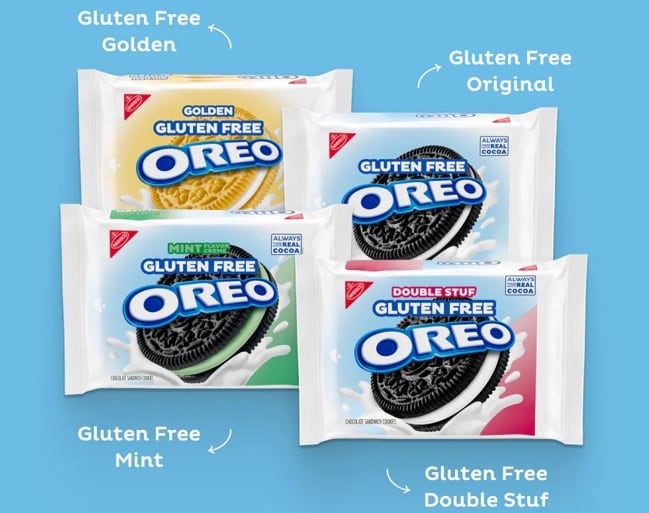While the acronym doesn’t quite yet trip off the tongue, the term GLP-1 has become a shorthand for the class of weight loss drugs that have finally begun to address the obesity epidemic.
But that’s an oversimplification. Because GLP-1 – short for glucagon-like peptide-1 – is actually a natural hormone in the body that’s released after eating and helps stimulate insulin production and signal to your brain that you are full.
With weight loss medications like Ozempic (semaglutide) and Mounjaro (tirzepatide), high doses of GLP-1 agonists (and another hormone, GIP in the case of Mounjaro) are injected into the bloodstream, which artificially lowers blood sugar and slow digestion. In short, they mimic some of the body’s own satiety protocols, most of which occur naturally in the digestive tract.
Understanding the metabolic matrix
The key satiety hormones
GLP-1 (Glucagon-like peptide-1)
GLP-1 is released from the gut after eating. It stimulates insulin secretion (helping lower blood sugar), suppresses glucagon (which raises blood sugar), slows stomach emptying and signals satiety to the brain. These combined effects help regulate appetite and support weight management.
Peptide YY (PYY)
PYY is secreted by the gut, especially after meals rich in protein and fat. It acts on the brain to reduce appetite and increase the feeling of fullness, helping to control meal size and prevent overeating. PYY works alongside GLP-1 to promote satiety and support healthy weight regulation.
Glucose-dependent insulinotropic polypeptide (GIP)
GIP is another hormone released from the gut in response to food, particularly carbohydrates and fat. It enhances insulin secretion from the pancreas in a glucose-dependent manner, helping to control blood sugar after meals. GIP also plays a role in fat metabolism and is being explored as a therapeutic target for metabolic diseases.
Cholecystokinin (CCK)
CCK is released from the small intestine when food – especially fat and protein – enters the gut. It stimulates the release of digestive enzymes and bile, slows gastric emptying and sends signals of fullness to the brain. CCK helps regulate appetite and supports digestion by coordinating the breakdown and absorption of nutrients.
Ghrelin
Ghrelin is produced mainly in the stomach and released when the stomach is empty. It signals the brain to stimulate appetite and increase food intake, playing a key role in meal initiation. Ghrelin levels rise before meals and fall after eating. Beyond hunger, ghrelin also influences growth hormone release, energy balance and may affect stress and reward pathways.
“The GI tract is a major endocrine organ,” says Sean Adams professor and scientific director, center for alimentary and metabolic science at University of California, Davis. “Many of the cells secrete hormones which are relevant to food intake regulation, energy expenditure, gastric emptying, gastric motility. Nutrients and metabolites can trigger these cells to produce native GLP-1, peptide YY (PYY), Glucose-dependent insulinotropic polypeptide (GIP) and Cholecystokinin.”
While these hormones rise after a meal, the hormone ghrelin falls. “A meal has the opposite effect with ghrelin,” says Adams. ”It’s actually reduced following a meal. Most people believe it’s a hunger-regulating hormone. I don’t believe it. I think it’s more of a glucose regulatory hormone. PYY and GLP-1 go back and interact with ghrelin. In short, these hormones regulate each other."
And there’s one final player to know in the metabolic matrix: DPP4.
“GLP-1 can be degraded pretty rapidly by an enzyme called DPP4,” says Dr Adams. “DPP4 tears up these enzymes pretty rapidly in the blood. Understanding this is what prompted the generation of these drugs like semaglutide.”
Could deeper exploration of how these hormones and enzymes interact uncover foods which have the same effect as the obesity medications?
Studies have already shown that protein, fiber, fermented foods, bitter green foods such as arugula and kale and polyphenols found in green tea, cocoa and red grapes effect hunger.
So, are satiating snacks and shakes on the horizon?
“Weight loss drugs are very different from the natural hormones,” says Adams. “The concentration of the drug remains in the blood for days and days after an injection. That’s why they work so well. It’s about a thousandfold higher than what’s in the blood naturally. So, when we are trying to activate GLP-1 release through functional foods, is that going to be enough to have any effect relative to the drug? I don’t know … Maybe."

Don’t miss Food Navigator’s broadcast series on Weight Management
Join industry leaders and scientists on Nov. 13 and 19 as we explore how the rise of GLP-1 weight loss drugs is disrupting the food & beverage space – and uncover how functional foods, bioactive ingredients and next-gen formulations can reshape satiety, metabolism and brand opportunity.
Register today and claim your spot at the forefront of the “weight-management 2025” narrative.





